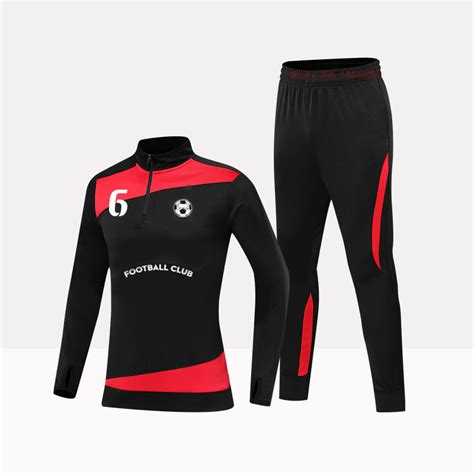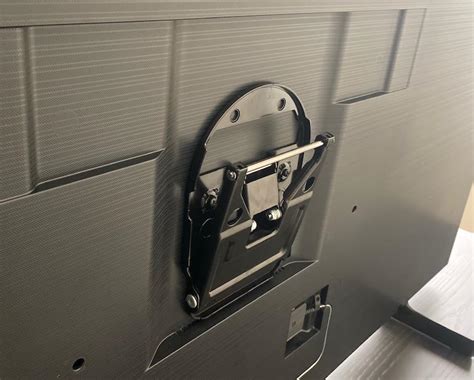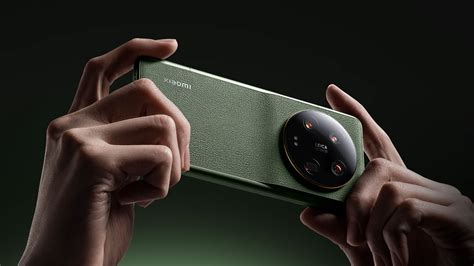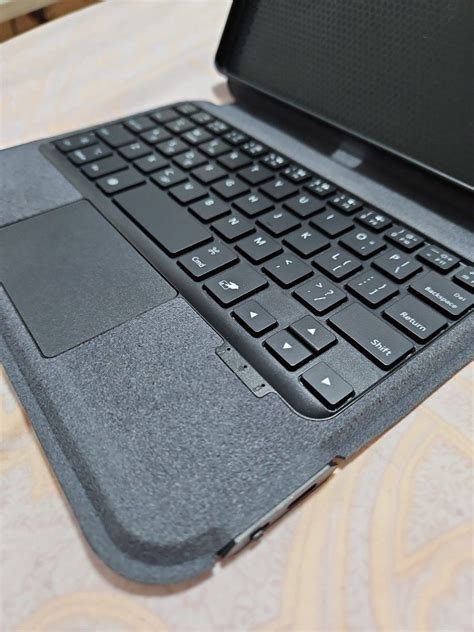How to Mirror iPhone to TV: A Comprehensive Guide
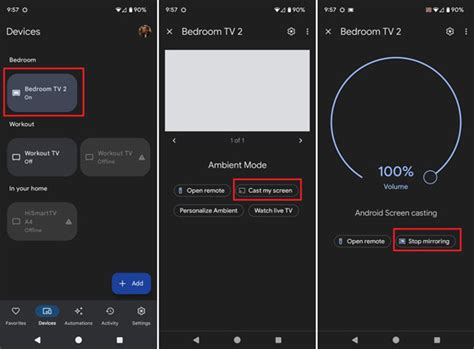
Okay, here's the content draft based on your instructions.
`markdown
Preview: Want to enjoy your iPhone's content on a bigger screen? This guide covers everything you need to know about how to mirror iPhone to TV, from wired connections to wireless solutions and troubleshooting tips. Get ready to cast your photos, videos, games, and more!
Introduction: Why Mirror Your iPhone to Your TV?
Mirroring your iPhone to your TV offers a fantastic way to share content with friends and family, enjoy mobile games on a larger display, or deliver presentations without being tethered to a laptop. Whether you're showcasing vacation photos, streaming movies, or giving a slideshow, knowing how to mirror iPhone to TV unlocks a world of possibilities. This guide provides step-by-step instructions and troubleshooting tips to help you get started.
1. Wireless Methods for Mirroring iPhone to TV
Wireless mirroring offers convenience and flexibility. Here's a breakdown of the most popular methods:
1.1 AirPlay: The Apple Ecosystem Advantage
AirPlay is Apple's proprietary wireless mirroring technology, offering seamless integration between your iPhone and Apple TV or AirPlay-enabled smart TVs.
- How to Use AirPlay:
- Benefits of AirPlay: High-quality video streaming, low latency, and easy setup within the Apple ecosystem.
- AirBeamTV: Offers screen mirroring apps for various TV brands.
- MirrorMeister: Provides screen mirroring capabilities to smart TVs, Roku, Chromecast, and more.
- Replica: Another good alternative for screen mirroring.
- How to Use Third-Party Apps:
- Considerations: Performance may vary depending on your Wi-Fi network and the specific app used. Some apps may require a subscription.
- How to Cast to Chromecast:
- Benefits of Chromecast: Simple and reliable for streaming content from popular apps.
- What You Need:
- How to Connect:
- Pros: Reliable connection, no Wi-Fi required, supports charging while mirroring.
- Cons: Requires purchasing an adapter and HDMI cable.
- No Device Found: Ensure both your iPhone and TV are on the same Wi-Fi network (for wireless methods). Check that Bluetooth is enabled. Restart both devices.
- Poor Video Quality: Try moving closer to your Wi-Fi router. Ensure your HDMI cable is securely connected (for wired methods).
- Lag or Buffering: Close unnecessary apps on your iPhone to free up resources. A wired connection is generally more stable.
- Audio Issues: Check your TV's audio settings. Ensure the correct audio output is selected.
- Update Your Software: Keep your iPhone and TV's software updated to ensure compatibility and performance.
- Close Background Apps: Free up resources on your iPhone by closing unnecessary apps.
- Adjust Display Settings: Optimize your TV's display settings for the best picture quality.
- Q: Can I mirror my iPhone to any TV?
- Q: Does AirPlay require Wi-Fi?
- Q: Is it better to use a wired or wireless connection for screen mirroring?
- Q: Why is my screen mirroring not working?
- Q: Does mirroring drain my iPhone's battery?
1. Ensure your iPhone and Apple TV/AirPlay 2-enabled smart TV are connected to the same Wi-Fi network.
2. Swipe down from the top-right corner (or up from the bottom on older iPhones) to access the Control Center.
3. Tap the "Screen Mirroring" icon.
4. Select your Apple TV or AirPlay 2-compatible TV from the list.
5. If prompted, enter the AirPlay passcode displayed on your TV screen.
1.2 Screen Mirroring with Third-Party Apps (for Non-AirPlay TVs)
If your TV doesn't support AirPlay, numerous third-party apps can enable screen mirroring from your iPhone. Popular options include:
1. Download and install the appropriate mirroring app on both your iPhone and your TV (if required).
2. Follow the app's instructions to connect your iPhone to your TV. This usually involves selecting your TV from a list of available devices.
1.3 Chromecast
While Chromecast doesn't directly mirror your entire iPhone screen, it allows you to cast content from supported apps like YouTube, Netflix, and Hulu.
1. Ensure your iPhone and Chromecast are connected to the same Wi-Fi network.
2. Open a Chromecast-compatible app on your iPhone.
3. Look for the Cast icon (a rectangle with a Wi-Fi symbol in the corner).
4. Tap the Cast icon and select your Chromecast device.
2. Wired Methods for Mirroring iPhone to TV
Wired connections offer a stable and reliable mirroring experience, especially if you have a poor Wi-Fi connection.
2.1 Using a Lightning Digital AV Adapter
This is the most common wired method for how to mirror iPhone to TV.
* Lightning Digital AV Adapter (official Apple adapter recommended)
* HDMI cable
* HDMI port on your TV
1. Plug the Lightning Digital AV Adapter into the Lightning port on your iPhone.
2. Connect one end of the HDMI cable to the adapter and the other end to an HDMI port on your TV.
3. Turn on your TV and select the correct HDMI input. Your iPhone's screen should now be mirrored on your TV.
2.2 Using a Lightning to HDMI Cable (if available)
Some third-party cables offer a direct Lightning-to-HDMI connection. However, compatibility and quality can vary. It's generally recommended to use the official Apple adapter for the best experience.
3. Troubleshooting Common Mirroring Issues
4. Optimizing Your Mirroring Experience
Conclusion: Enjoy Your iPhone Content on the Big Screen
Mastering how to mirror iPhone to TV opens up a world of entertainment and productivity possibilities. Whether you choose a wired or wireless method, following these steps will help you enjoy your favorite iPhone content on the big screen. Experiment with different methods to find the one that best suits your needs and enjoy the show!
FAQs: How to Mirror iPhone to TV
A: You can mirror to any TV with an HDMI port using a Lightning Digital AV Adapter. For wireless mirroring, your TV needs to be AirPlay 2-compatible or support screen mirroring via third-party apps.
A: Yes, AirPlay requires both your iPhone and Apple TV/AirPlay-compatible TV to be connected to the same Wi-Fi network.
A: Wired connections generally offer a more stable and reliable mirroring experience, especially for high-quality video streaming. Wireless connections offer more flexibility and convenience.
A: Common causes include devices not being on the same Wi-Fi network, outdated software, or compatibility issues. Check your connections and software versions.
A: Yes, screen mirroring can drain your iPhone's battery more quickly than normal. Consider using a wired connection, which allows you to charge your iPhone while mirroring.
`

